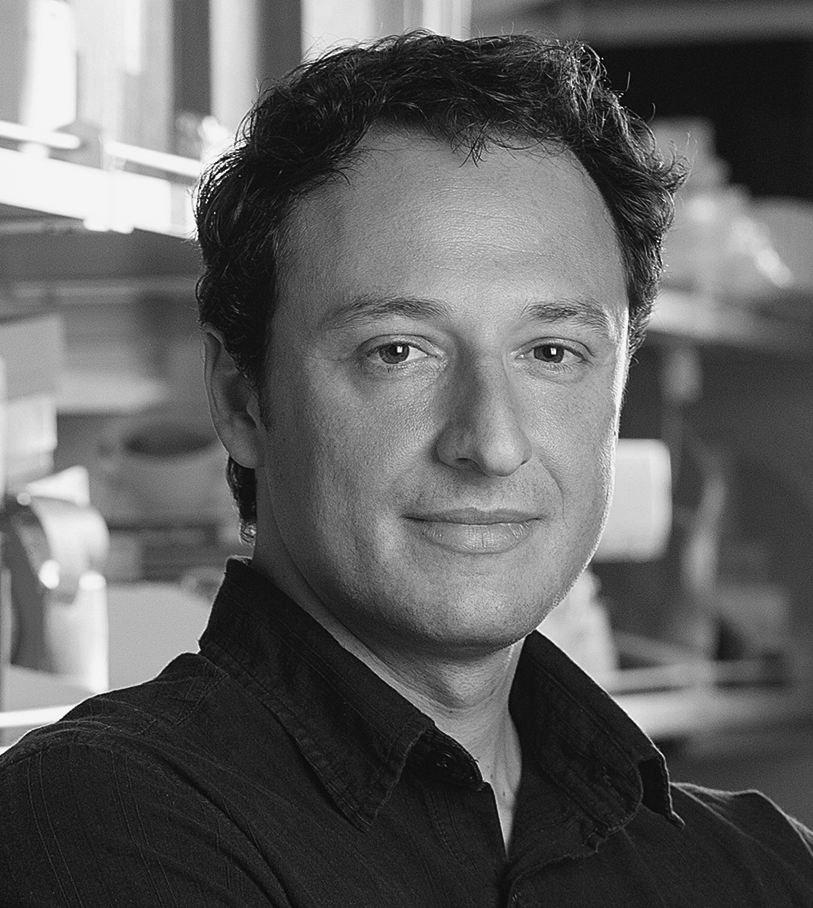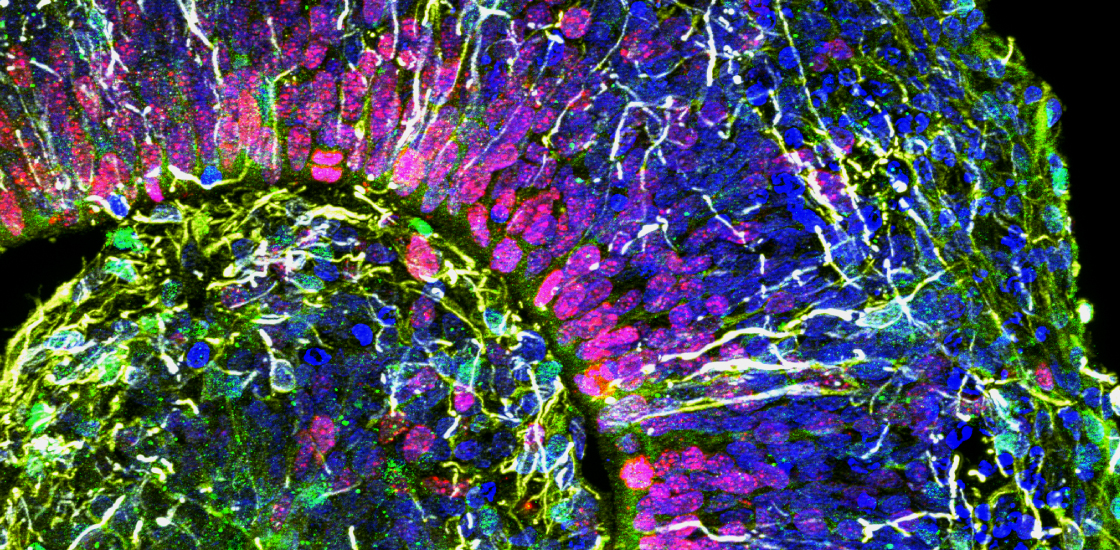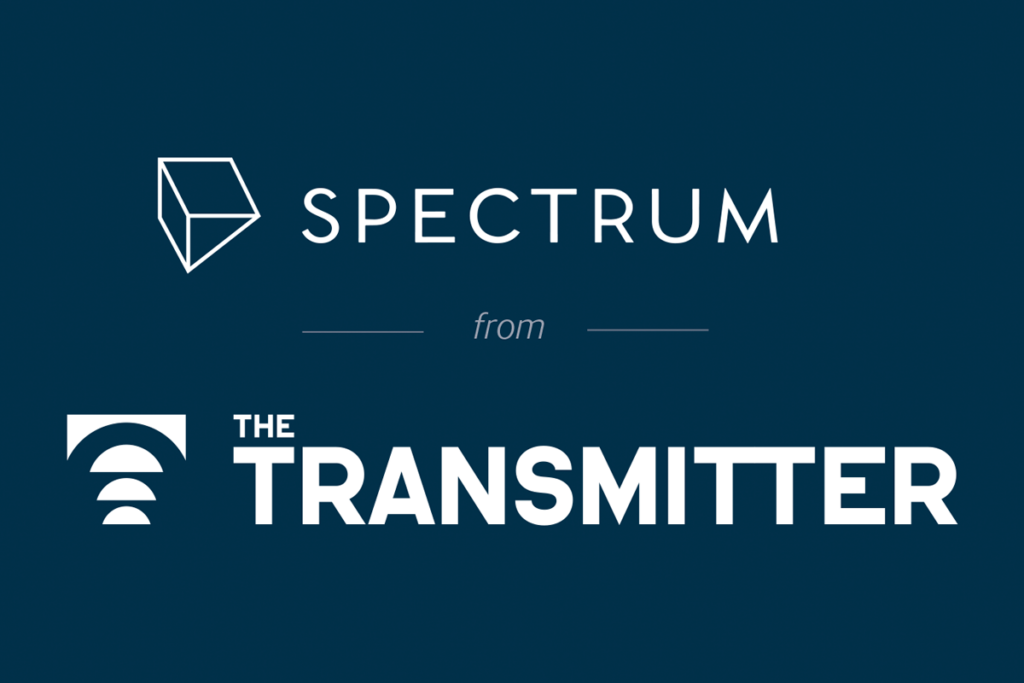Alysson Muotri is professor of pediatrics and of cellular and molecular medicine at the University of California, San Diego. He also co-directs the Stem Cell Program at the university’s Moores Cancer Center.

Alysson Muotri
Associate professor
University of California, San Diego
From this contributor
With tweaks, brains in a dish may yield clear clues to autism
‘Mini-brains’ created in a dish may reveal autism’s roots and point to treatments, but they do not yet mirror some critical features of a human brain.

With tweaks, brains in a dish may yield clear clues to autism
Questions for Alysson Muotri: Applying autism tools to Zika
Mini-brains grown from stem cells in culture can reveal the effects of both autism and the Zika virus on early development.

Questions for Alysson Muotri: Applying autism tools to Zika
Explore more from The Transmitter
The Transmitter’s most-read neuroscience book excerpts of 2025
Books by Nachum Ulanovsky, Nicole Rust, and Andrew Iwaniuk and Georg Striedter made the list of some of the year's most engaging neuroscience titles.

The Transmitter’s most-read neuroscience book excerpts of 2025
Books by Nachum Ulanovsky, Nicole Rust, and Andrew Iwaniuk and Georg Striedter made the list of some of the year's most engaging neuroscience titles.
Neuroscience’s leaders, legacies and rising stars of 2025
Here are seven stories from the past year about some of the field’s most engaging figures.

Neuroscience’s leaders, legacies and rising stars of 2025
Here are seven stories from the past year about some of the field’s most engaging figures.
The Transmitter’s top news articles of 2025
Check out some of our most-read stories, covering neuroscience funding and policy changes in the United States, and methodological issues in high-profile neuroscience papers.

The Transmitter’s top news articles of 2025
Check out some of our most-read stories, covering neuroscience funding and policy changes in the United States, and methodological issues in high-profile neuroscience papers.